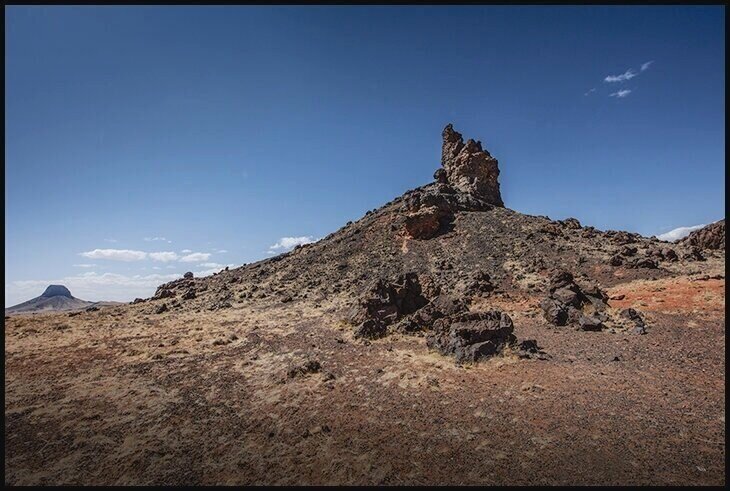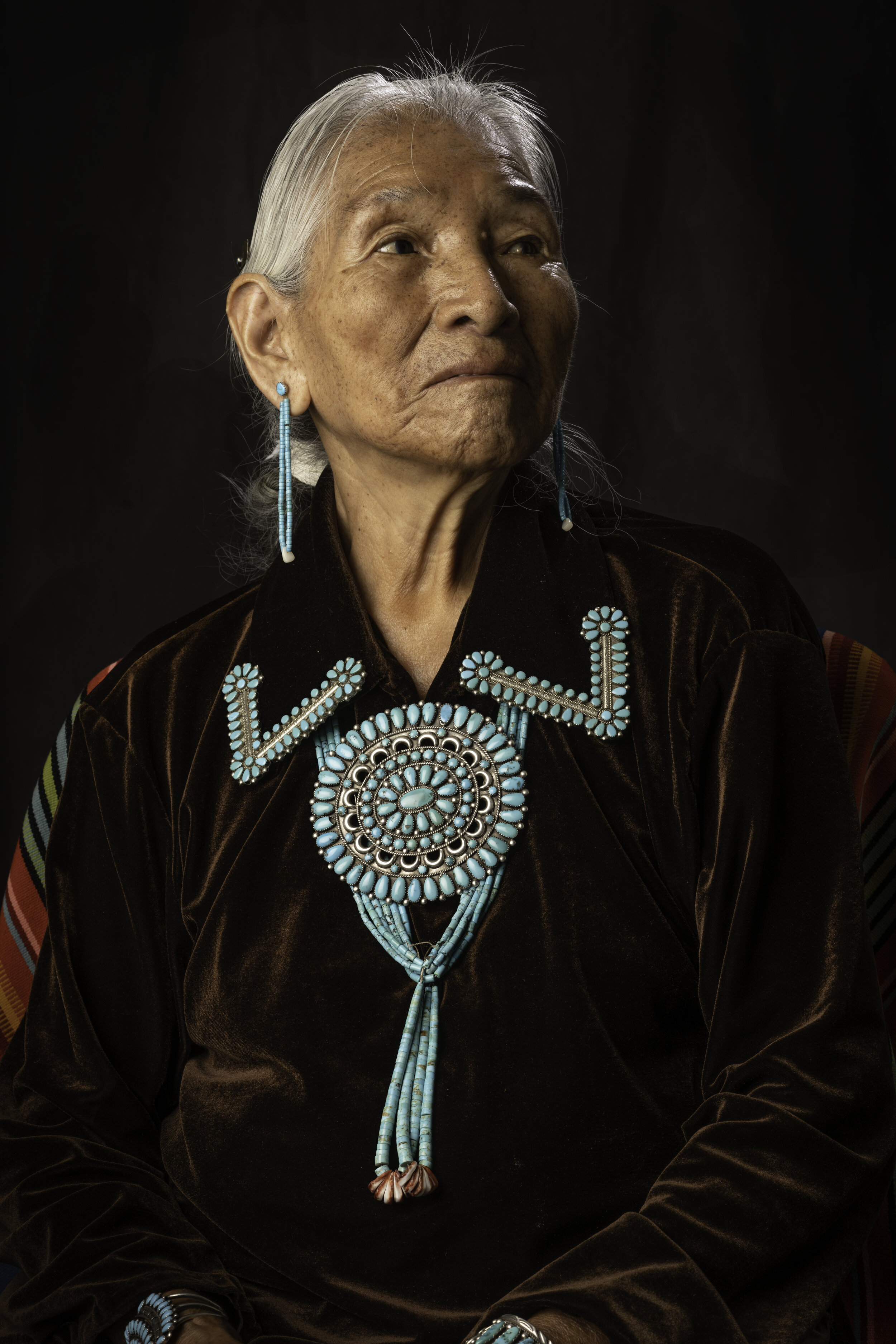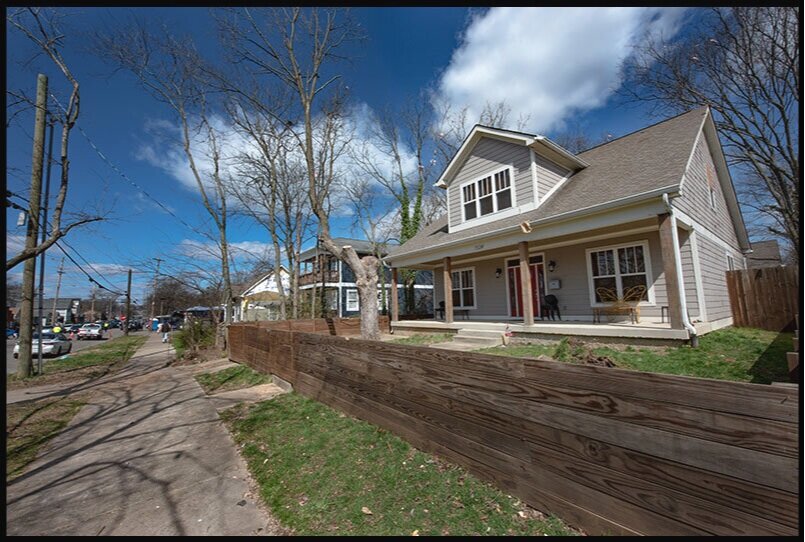Boardwalk Jesus
One thing that I have seen over the past decade, or so, is an increase in Christian evangelism here in America. It has always existed, but there has been a steady escalation that began, at least for me, more than a decade ago when I began seeing billboards going up along the backroads, and interstates - especially in the south. At first the billboards all had a commonality: the words were painted in white lettering, generally with the first letter of the first word painted in red; and they were all painted on a black metal background. In an attempt to better understand them I began to photograph them, eventually creating a photographic exhibition titled: Roadside Redemption. I wanted to know if they were being created to promote hope, or was it to promote fear?
Just over a year after seeing the first of these: “Where Will You Spend Eternity”, I discovered the man who was responsible for creating them. His name is Jimmy. As it turned out, Jimmy lives in Scottsboro, Kentucky, only an hour's drive from my home on the outskirts of Nashville, Tennessee. I was able to contact Jimmy, and in that conversation he agreed to be interviewed. The interview lasted for nearly three hours, and illuminated a great deal for me. It turned out that the basis for the billboards was born out of fear.
As I embarked on this journey to discover what America is about, in March of 2015, I knew from the start that Christian evangelism would need to be part of it; which by this point had soared to an even greater fervor.
As I returned now to the boardwalk, decades later, it was still a familiar place to me. The chaotic movement of thousands of people along that boarded walkway, which was now a bit wider, but other than that it had not changed at all. As I walked up onto the boardwalk at the farthest southern end I immediately came upon a man dressed in a blue t-shirt and shorts, standing at the edge of the boardwalk near where the sand from the beach met the wooden planks. He stood there with a life size cross slung over his shoulder, presumably just as Jesus did as he walked through the streets, crowded with onlookers, on his way to Calvary.
This cross however had significant differences. This cross was made from two-by-fours instead of the thick, rough-hewn, and very heavy pieces of wood that scripture describes. This man’s cross also has a metal wheel attached to the base for easy mobility. There was to be no dragging with this cross. I realize that this man’s cross was to be symbolic, but for me it was more of a parody - and one that created a sadness deep within me. It was weeks later, when I was preparing the image to be printed, that I discovered a much deeper meaning to what I had captured - one that sparked an internal dialog that I share with you now.
As I stood there, knowing immediately that I had to make a photograph. I positioned myself about 20 feet away from the man and slightly behind him so that he was unaware of me making the photograph. And then I waited. I waited until all of the elements came together.
When I say that “I waited until all of the elements came together” it sounds as if this is a very conscious endeavor - it is not; at least not for me. Yes, there are times when I am conscious of the various elements that comprise my scene, but more times than not the experience is on a level much deeper. It comes from a place where one must disengage from the frontal lobe.
The scene that I captured was a scene that sparked the internal dialog that I had mentioned earlier in this writing. Could it be that I had captured a scene that could be very reminiscent of the day of the crucifixion; when Jesus was nailed to the cross?
For the first six years of my education I was indoctrinated with the stories of the crucifixion, including the days that led up to it, as well as the days that followed. Every detail of those events have been etched indelibly into my memories. Now however I found myself questioning - not the validity of the events themselves, but rather the human condition that surrounded the events. And therein indwells the crux of my examination.
On the surface the composition of the image is a reinforcement of the parody that I perceived, but in reviewing it later I realized that it was - quite possibly, more.
On the opposite side of the boardwalk was a pizza shop. Atop the pizza shop backed by the sky, was a statue of a short, chubby, Italian looking man wearing a white Baker’s jacket and hat. His arms raised and stretched outward as if he were a representation of God welcoming His son home. Just beneath this statue standing on the boardwalk was a young chubby boy wearing a bright red shirt, who had just emerged from the front doors of the pizza shop. A boxed pizza in his left hand and an ice cream cone in his right. He just stood there facing the man with the cross coming as if anticipating the coming crucifixion. From the left of the frame emerged a couple walking past the man with a cross, seemingly not paying attention at all. Coming from the other direction were a single horizontal line of teenage girls who also seemed oblivious to the man with a cross. Could all of these elements - not just the man with a cross, be some sort of modern representation of the scene that unfolded more than 2,000 years ago?
It can be read in scripture that Jesus was paraded through the streets carrying his heavy cross, and at times stumbling, and if memory serves me, even falling. Scripture tells us that the people who lined the sidewalks jeered at Jesus, spat upon him, and more. But I don’t remember reading what the people did after Jesus passed by.
Did they join the procession to Calvary, or did they return to their daily lives? On Calvary itself did hordes of people gather or was it just another crucifixion? We know from history that crucifixions during this time of the Roman occupation were quite common.
Did people bring refreshments to the crucifixion?
I do not utter these words in sarcasm, but rather from a place of deep questioning. One need only look at recorded history; the public executions that began in the late Medieval Period and were not banned in the United States until the 1930’s. Yet even with this “ban,” public executions - known more commonly as “lynchings,” during the time of racial segregation where blacks were routinely hung from the branches of trees while people gathered with picnic baskets and cameras. Picture postcards were created and sold as souvenirs.
Could this have been a similar situation during the crucifixion of Jesus?
Seeing this man standing there with a cross, resting upon his shoulder, certainly stirred deep-seated emotions within me - emotions that revealed themselves as questions portrayed in this photograph. This also reminded me of the importance of the photographic image - to bring forth questions that prompt dialog - either within ourselves, or as a community.













































